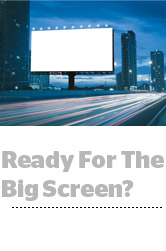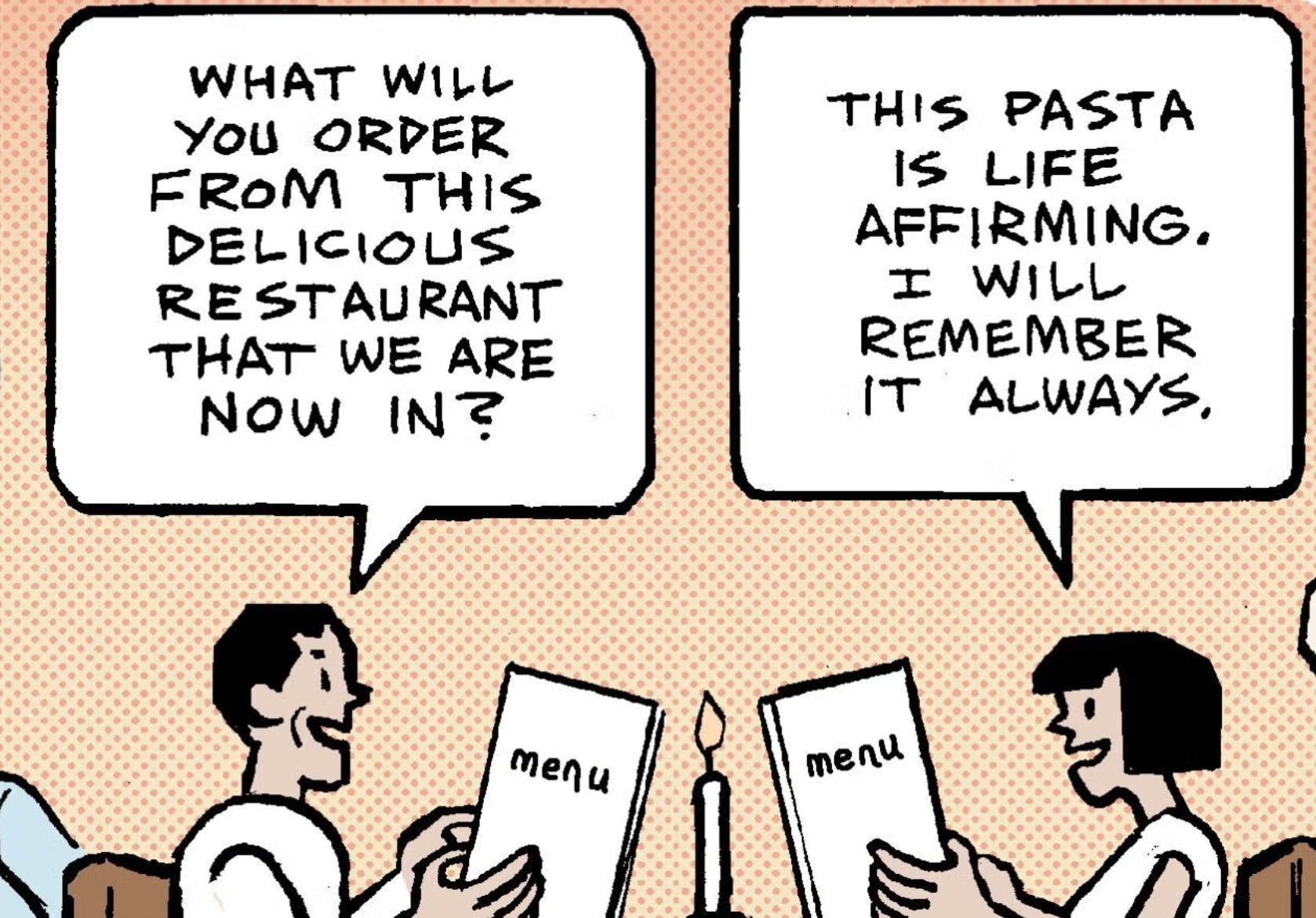The Digital Place Based Advertising Association (DPAA), an industry trade group spanning out-of-home media and advertising technology, on Monday released its first programmatic standards for digital out-of-home (DOOH) campaigns.
The DPAA hopes these standards, which are like existing openRTB guidelines from the IAB, will facilitate digital out-of-home buys. The DPAA’s standards outline video ad formats and SSP reporting for DOOH inventory so buys can be placed across multiple DOOH media networks – or other media channels entirely.
“Quite a few DSPs already created DOOH products and others had it on their road maps, and this should provide a nice impetus to be included like another digital medium,” said Matt Prohaska, CEO and principal of Prohaska Consulting, which developed the standards with the DPAA.
DOOH media suppliers were “fearful of a race to the bottom” when the DPAA began pushing for programmatic integrations in 2014, said President and CEO Barry Frey.
Out-of-home media siloed itself from other channels by not adopting digital buying protocols, said Outfront Media executive VP Andy Sriubas. “Because it’s been traditionally difficult to buy in anything like real time and has no comparable set of metrics, we’ve not been a part of the opportunities we should have been.”
While established OOH media suppliers have programmatic products, as do digital platforms like Rubicon Project, they’re mostly bespoke and “don’t leverage advantages of simplicity and commonality,” Prohaska said.
Even with DPAA standards in place, advertisers and agencies must be educated before a programmatic DOOH supply chain can exist.
The Omnicom agency OMD hasn’t done programmatic DOOH because “as teams think about the channels they want to work with, this just hasn’t been in the consideration set,” said Steven Kaufman, managing director of programmatic.
Meanwhile, traditional OOH suppliers must learn about digital video protocols like VPAID and VAST, said Andreas Soupliotis, founder and CEO of the DOOH ad tech company Ayuda. “One of the biggest challenges we face in becoming a programmatic medium is being able to play an ad on a screen and then report back to video buyers in a language they understand.”
And while the DPAA standards formalize language and basic SSP integrations, DOOH media and digital measurement are still disconnected.
DOOH media can now be targeted in real time based on mobile location tracking, but knowing someone was in a billboard’s line of sight is a different kind of viewability guarantee than what buyers attach to videos being swiped through a mobile feed, Soupliotis said. Standardized digital campaign reporting can also miss a lot of the unique value of OOH media, like all the untargeted passersby who also view a DOOH video.
The DPAA is working on measurement standards, though it has no timeline for release, Prohaska said.
‘We’re not at the point of having some viewability conversion factor that captures DOOH one-to-one targeting and other viewers, but it’s a step in that direction,” he said. “The point of these standards is that when an SSP is reporting DOOH media, it gets it right.”















